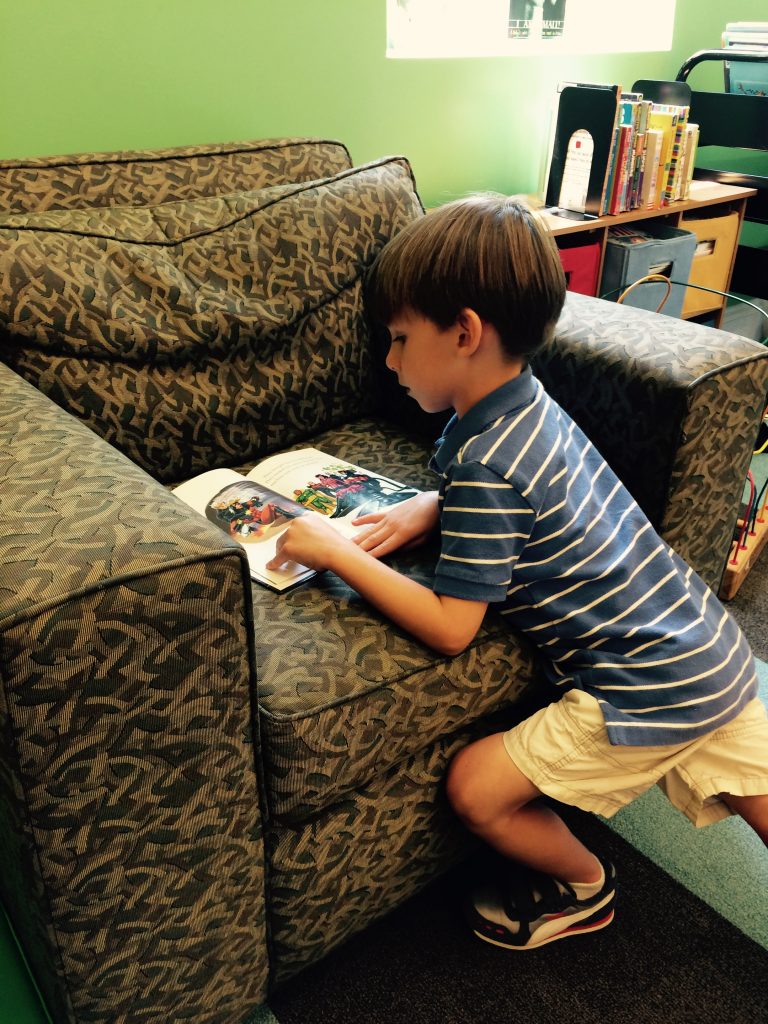Banned books occur in too many schools. The American Library Association for Intellectual Freedom reports there are over 700 challenges to about 1600 books in schools. Thus, many books are not on the shelf for fear of controversy. In many states like Oklahoma and Tennessee, books about sexual and racial identity meet with a challenge in schools. Thus they are not on public book shelves.
The attempt to ban book in not new. Plans for the controversy are social media. Social media has fueled the push on the elimination of some books into a political issue.
Some of these book titles are:
- Drama
- Worm Loves Worm
- The Adventures of Captain Underpants (series)
- The Watsons go to Birmingham
- This Day in June
- In My Mosque
- When Aiden Became a Brother
- Lawn Boy
- All Boys Aren’t Blue
Banned Books Not Challenged
Parents do not challenge some of the banned books. Administrators remove book before they become controversial. Follett School Solutions states, “It’s being driven by politicians aligning with one side or the other. And in the end, the librarian, teacher or educator is getting caught in the middle.”
Jonathan Friedman, director of PEN America’s Free Expression and Education, states, “Challenges to books, specifically books by non-white male authors, are happening at the highest rates we’ve ever seen. What is happening in this country in terms of banning books in schools is unparalleled in its frequency, intensity and success.”
Banning Books is Bad
Books take students beyond their everyday life. As students read a variety of books, they expand their development and education. Books foster their physical, social, and emotional development.
Banning a book provides students with the impression that some ideas and experiences are not worthy to talk about and others are okay. Thus, it limits a particular way of thinking and limits others. It shields reality.
Students should read banned books. They need to explore c0mplex and realistic topics. It gives students a chance to contemplate morality. It builds empathy for others and themselves. Through these books, students define their own values and opinions. They are timely and deal with issues that are realistic to students.
The attack on books removes discussions and conversations at home and school. Discussions do not center on a book’s content. However, it sets a foundation for bullying, violent attacks, and a disrespectful attitude.
Some parents and educator fear certain books because or race, religion, morality, a political view or insensitive language. Mostly, people feel children need protection from these subjects. Still, these challenges pose a threat to freedom of speech and choice.
For the sake of learning, banning books eliminates various genres. It does not expose students to different images and worlds.



